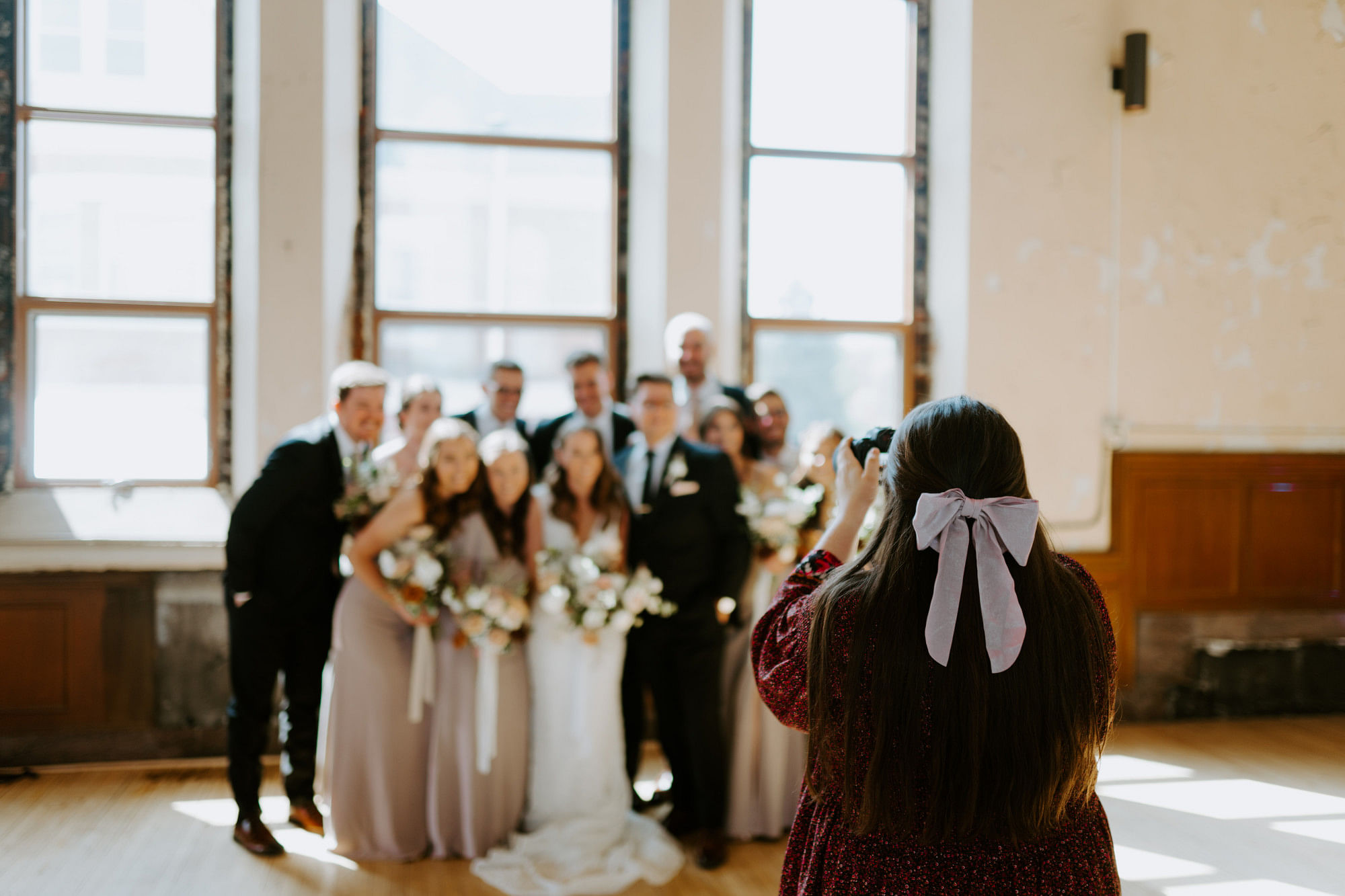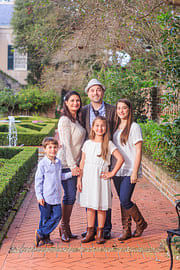
Why Mirrorless Cameras are a Photographer's Best Bet for Weddings

Mirrorless cameras are trendy cameras right now. They have become just as popular as DSLR cameras, which have dominated the photography scene for years. In fact, the global mirrorless camera market is set to grow $906.03 million between 2022-2027, driven their superior functionality and performance. This is why many lots of photographers have begun taking an interest or have switched to using mirrorless models.
Another type of photographer who will certainly benefit from these cameras is the wedding photographer. If you’re interested to know why or contemplating switching to mirrorless cameras, keep reading below as we’ve got some great takeaways for you:
They have sharper autofocus
One of the best features of mirrorless cameras is their superior autofocus. These cameras have a contrast detect autofocus, which looks at the point on the sensor that is meant to be in focus, then adjusts the lens until maximum contrast is achieved. While this can result in slower autofocus since the camera needs time to find the sharpest point, it’s much more accurate than other cameras’ autofocus abilities.
Such a feature can make or break a photo, especially for weddings where every moment is special. With this, wedding photographers won’t have difficulty focusing on the subjects in their images. The Sony Alpha 7 III is one of the most popular mirrorless options today, with the best autofocus.
Mirrorless cameras have useful electronic viewfinders
Besides taking photos, wedding photographers edit raw images before sending them to the client. This takes a lot of effort and can be pretty time-consuming, preventing you from taking on other tasks.
Luckily, all mirrorless cameras enable you to see your final shot on the electronic viewfinder before even taking the photo. Mirrorless cameras adapt the previewed image onto these screens to show how certain settings—such as aperture—will affect the shot. This enables you to adjust different settings to achieve your desired picture, saving you time from heavy editing after the event. The Fujifilm X-S20 has a touch-enabled viewfinder for convenience and a resolution of 2.36 million dots for better viewing.
They’re compact and lightweight
The lack of a reflex mirror makes these cameras “mirrorless.” These sensors, often found in DSLRs, reflect the light from the lens onto a focusing screen, then pass through to a pentaprism before you can see your potential shot through the optical viewfinder.
Mirrorless cameras’ lack of reflex mirrors and optical viewfinders makes them lighter and more portable, perfect for wedding photographers who carry multiple cameras and move around a lot. It may be heavy when you add a battery grip that you may only have to do towards the end of the event as your camera runs out of power. The Sigma fp L is the lightest mirrorless camera, weighing only 427 grams.
Mirrorless lenses have better features
Aside from the cameras themselves, the mirrorless cameras’ accessories are top-notch. Mirrorless lenses are growing in popularity because they suit mirrorless cameras exceptionally well, improving photographers' shots.
Using these lenses further improves autofocus since they’re intentionally made to complement mirrorless cameras. Additionally, mirrorless lenses are developed to produce sharper images with enhanced color and contrast compared to DSLR lenses—that aren't always compatible with mirrorless cameras—allowing for better wedding photos. Canon makes both mirrorless cameras and lenses, such as the Canon EOS R6 Mark II and the RF14-35mm F4 L IS USM lenses, that cover an entire wide-angle zoom range.
Mirrorless cameras are a wedding photographer’s best option to bring to events. With these, expect better autofocus, more accurate shots, and improved portability.






